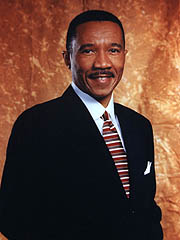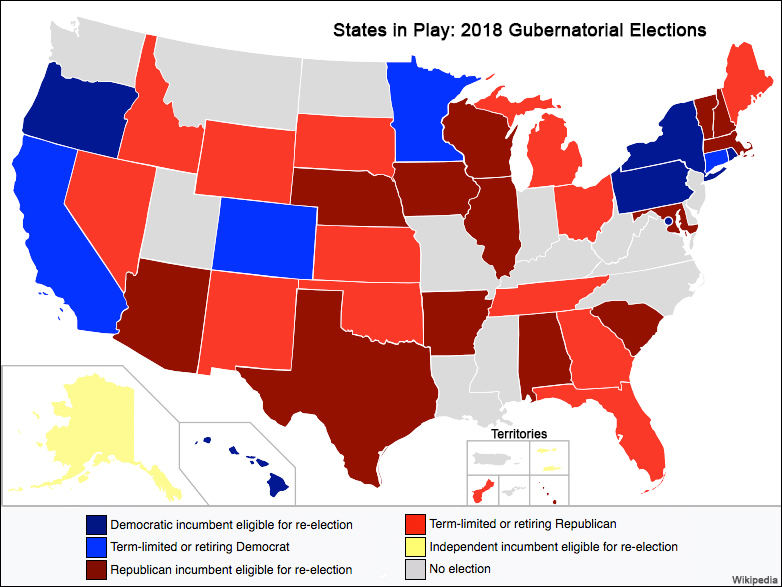By Jim Ellis — Monday, Feb. 12, 2024
Candidate announcements and a surprise retirement made Friday a very interesting political day even outside of the presidential-level happenings.
Maryland
Candidate Filing Closed — Maryland 2024 candidate filing closed on Friday and, after saying he would not run for Senate, former two-term Gov. Larry Hogan (R) unexpectedly agreed to seek the GOP nomination. Despite leaving office with the highest approval rating of any Maryland governor after eight years, Hogan will still be in an underdog position for the general election in heavily Democratic Maryland during a presidential year.The Democratic nominee will be either US Rep. David Trone (D-Potomac) or Prince George’s County Executive Angela Alsobrooks. The May 14 primary will likely produce a close result. Trone, the founder of the Total Beverage chain store, has already spent $23 million on his Senate campaign through the end of 2023, all but $427,000 from his own pocket.
Knowing that she cannot match his virtually unlimited personal war chest, Alsobrooks had raised just over $5 million for her campaign, and had more than $3 million in her campaign treasury at the end of 2023. She will obviously stockpile as much money as she can for the final month in hopes of coming close to parity with Trone in late campaign advertising.
The latest released internal polling from the Trone campaign (Hickman Analytics; Jan. 18-24; 1,500 likely Maryland Democratic primary voters) finds the congressman leading Alsobrooks 45-34 percent. The poll shows his ads are working, since Hickman’s November survey (Nov. 27-30; 1,000 likely Maryland Democratic primary voters) staked Trone to a 41-34 percent advantage.
Considering her support within the African American community and its strength in the Democratic primary, particularly in her home county of Prince George’s and Baltimore, this primary campaign is far from over regardless of Trone’s insurmountable financial edge.
For Hogan, despite winning two terms as governor, his task to win a federal election in Maryland is daunting. The last Republican to win a Senate race here was then-two term incumbent Charles Mathias back in 1980.
Hogan, an avowed “Never Trumper,” has clearly distanced himself from the former president, but that will be of only marginal assistance. Donald Trump is extremely unpopular in Maryland, and Hogan will be forced to share a ballot with him in November. Therefore, Trump as the Republican presidential nominee will negatively affect the GOP general election turnout model.
Though Hogan will run a competitive race and certainly do better than any Republican at least since Michael Steele pulled to within the 54-44 percent margin that first elected current Sen.Ben Cardin (D) in 2006, the eventual Democratic nominee must still be rated as the favorite to win in November.
Montana
Rosendale to Run — In a move that has been anticipated for well over a year, US Rep. Matt Rosendale (R-Glendive) announced on Friday that he will run for the Senate later this year.
Immediately after the announcement, former President Donald Trump endorsed Rosendale’s Republican primary opponent, aerospace company CEO and retired Navy SEAL Tim Sheehy, as have Gov. Greg Gianforte (R), Sen. Steve Daines (R-MT), and Montana US Rep. Ryan Zinke (R-Whitefish). In 2018, Rep. Rosendale, then the state auditor, challenged Sen. Jon Tester (D) and lost 50-47 percent.
Campaigning for a different office is nothing new for Rosendale. Since 2010, he has run for state House of Representatives, state Senate, US House (at-large), state auditor, US Senate, US House (at-large), and US House (District 2), and won five of the seven campaigns. His move into the Senate race opens the 2nd District to what will be a crowded Republican primary.
Continue reading






